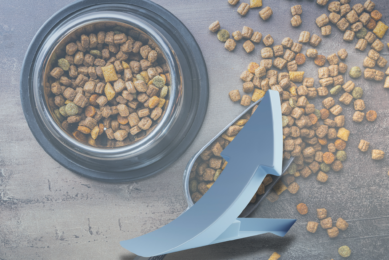Gene editing in the latest edition of All About Feed
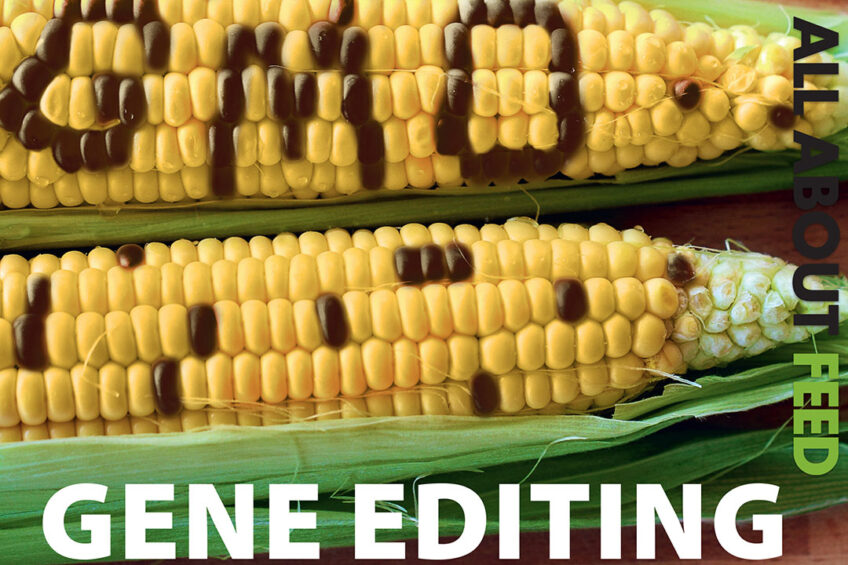
In this edition of All About Feed we consider gene editing and how the EU feed industry is braced for a new genomic age. We take a closer look at maize in pet food, the impact glycine has on heat stress, and the effect of mycotoxins on the immune system of animals. This and much more.
Effects of mycotoxins on the immune system of animals
Researchers have distinguished between the immunosuppressive and immunostimulatory effects of major mycotoxins in the food and feed industry. How does this impact possible new limit standards in feed?
Enzymes for the biodetoxification of DON
Deoxynivalenol (DON), a leading mycotoxin contaminant, continues to plague agricultural commodities worldwide, but mitigating DON levels is crucial to ensure both food safety and security. Despite best efforts, post-harvest measures are required to decontaminate yields, but such methods are only marginally effective. Biodetoxification – a growing field – employs microbes or their enzymes to convert DON to a less toxic form.
DSM World Mycotoxin Survey 2023
In DSM’s global mycotoxin survey, a total of 27,279 samples were taken in 2022 with 122,240 analyses from 87 countries for 6 of the biggest mycotoxin culprits. Mycotoxin prevalence and risk was categorised as “extreme” in some regions of the world, with, for example, China/Taiwan having 97% of samples testing positive for at least 1 mycotoxin above the threshold level. What soes the situation look like in other parts of the world?
EU feed industry braced for a new dawn of the genomic age
Some 3 decades ago, gene editing technologies were brought onto the market, and heated debates have since ensued. The industry awaits as the European Commission is set to table its verdict on whether or not to loosen EU rules on gene editing in June. Is the industry more ready to accept such technologies in the face of ongoing food-security fears?
Meeting the global challenges ahead
There are several feed industry issues that exist on a global scale, with labour challenges, sustainability and capacity being some very relevant examples. What other challenges does the sector face, and how are they being addressed in North America?
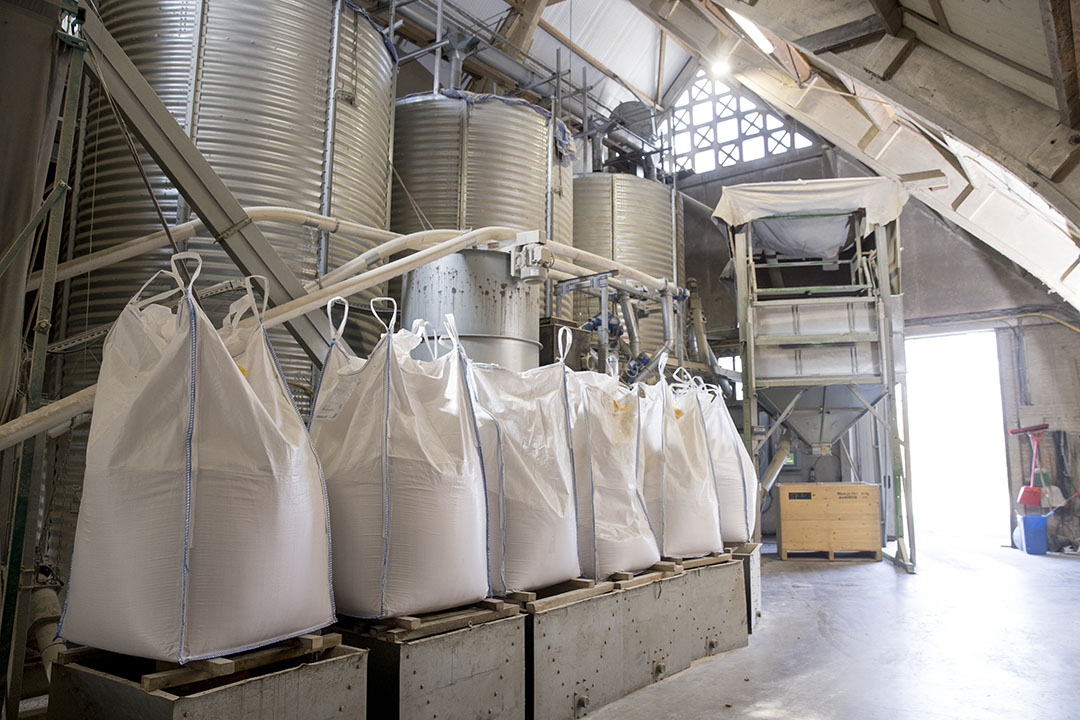
Changes in feed composition
The composition of feed pellets is changing in many markets worldwide. Starch-rich ingredients, for example, are increasingly being used for food and biofuel applications rather than feed. But how will the substitute ingredients in the mash affect pelletability? A new paper has been published and looks at this pertinent topic in detail.
Glycine alleviates heat stress-induced impairment in broilers
Oxidative stress is the main factor in reducing growth performance under heat stress, and while several functional nutrients with antioxidant effects are used to alleviate heat stress in poultry, including probiotics, amino acids, vitamins, trace elements, and electrolytes, a study set out to determine the impact of glycine.
Maize in pet food: A blessing or a curse
Maize has lost almost 20% of market share to the grain-free segment. With much disinformation, we look at the facts and answer some pertinent questions. Does maize in pet foods cause diabetes? How does maize affect gut health? We also consider allergens, mycotoxin contamination and GMOs with regards to maize in pet food.
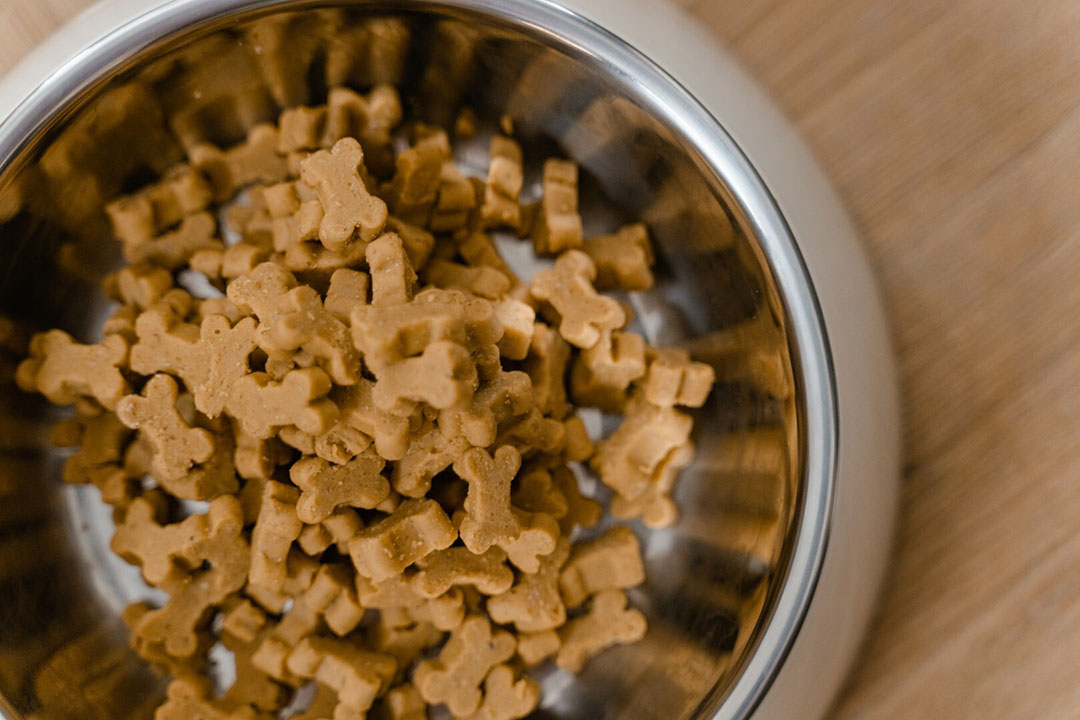
Plasma boosts vaccination effects, even with ASFv
The inclusion of spray-dried plasma – a mixture of functional proteins, growth factors and other components that improve diet digestibility, growth, feed efficiency, health and survival of animals – in diets has been observed to support farm animal health by maintaining or improving vaccine efficacy. This appears to include ASF vaccine prototypes.
Seaweed as a novel protein source for broilers
Seaweed is a promising novel protein source for poultry and other livestock, but if it is to be used in broiler diets, its digestibility must be improved. Researchers at Wageningen University & Research evaluated the use of enzymes to improve the digestibility of seaweed co-products.
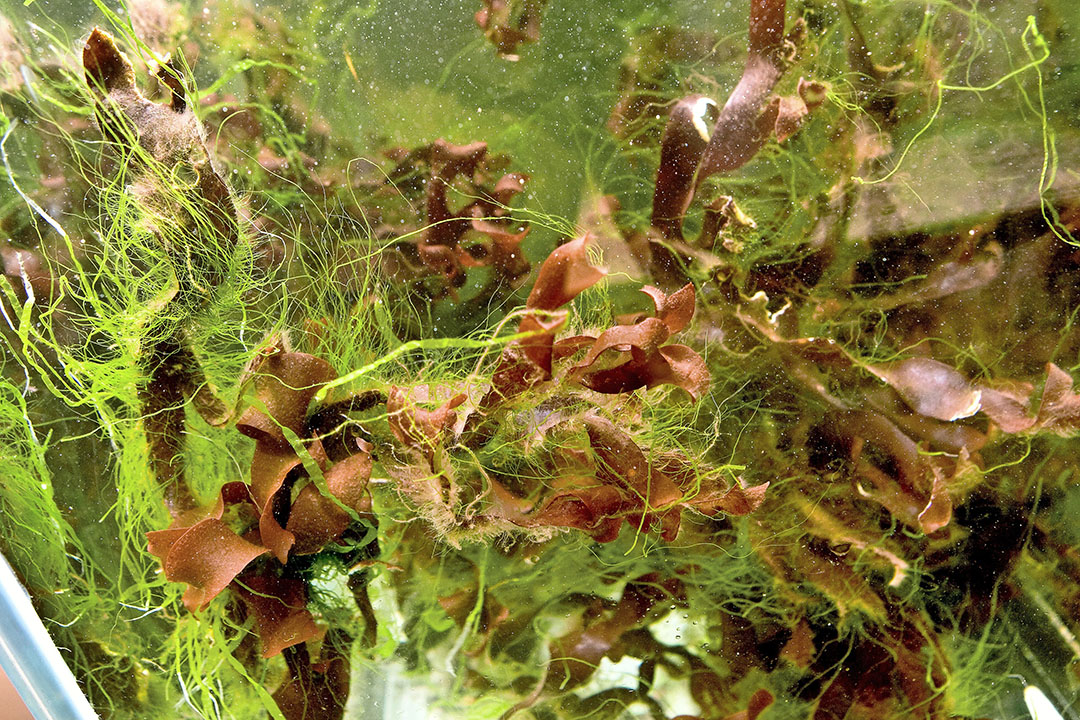
Brazil’s feed sector up 1.3% in 2022
Brazilian feed production for all species reached 81.8 million tonnes in 2022. This article takes a closer look at the contribution of the poultry, pig, beef, dairy and pet sectors, as well as aquaculture.
New trace mineral guidelines for poultry species
In this article, Dr Leonardo Linares, global poultry tech services nutritionist at Zinpro, talks about the science behind trace minerals. He notes that while genetic companies work on nutrient recommendations for fast-growing birds, when it comes to vitamins and minerals, old recommendations are often prescribed and have not kept pace with the rapid changes seen in the global poultry industry. They need updating, he says.
Dairy feed management during the transition period
The transition period is the process of drying, calving, and then producing milk. The 21 days prior to and 21 days after calving are a critical physiological stage in the dairy cattle production cycle and appropriate feed management during this phase is essential to prevent metabolic disorders and infectious diseases.






